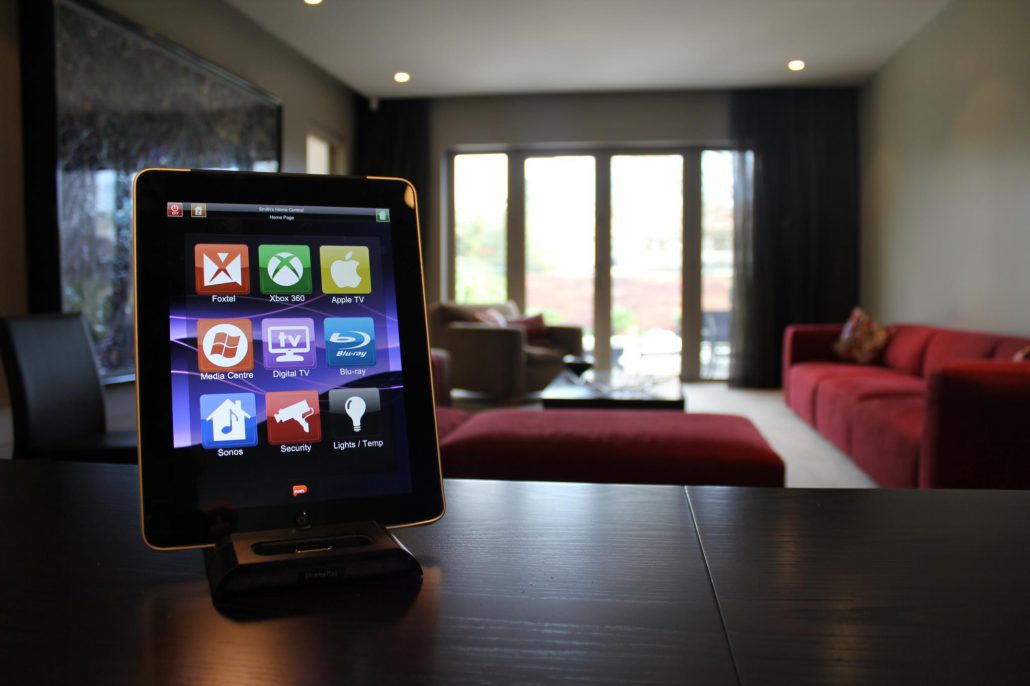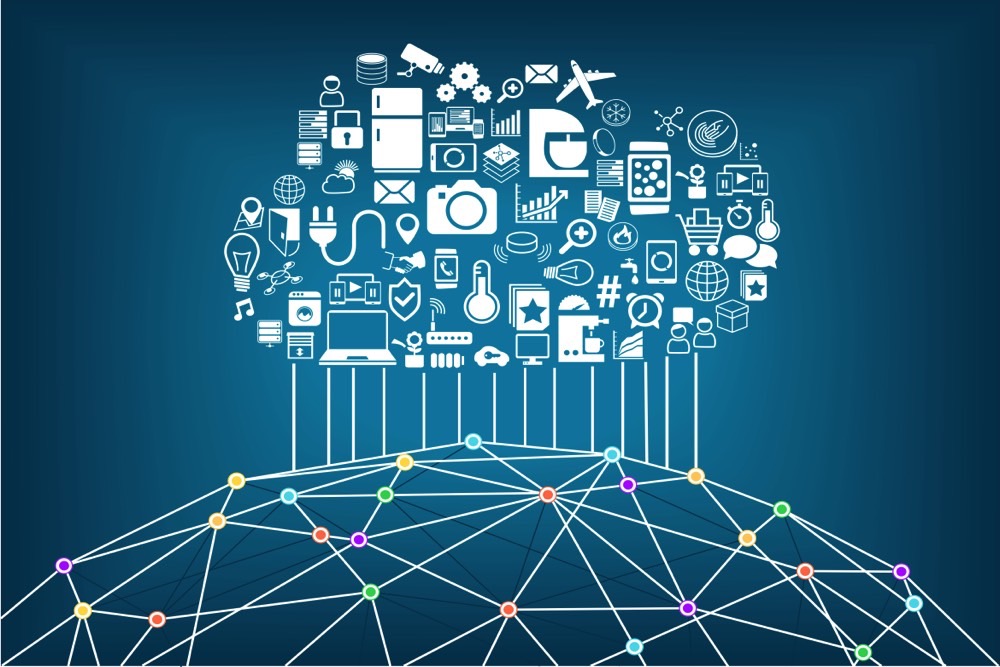SCADA is dead! Long live to IoT
We still meet industrial companies who talk about SCADA solutions. We do agree with them, SCADAs are great solutions nowadays, but with the introduction of the Internet of Things, the game for SCADAs is coming to an end. At thethings.iO we are workings towards the end of SCADA and the rise of the Industrial IoT.

Actually, the industry remains to us what the connected home was few years ago. Speaking about the connected home few years ago, was a synonym of speaking about home automation and domotics systems. If you wanted to have everything connected at home you needed to rely on a unique solution for all the devices at home, or at least all of them speaking the same proprietary protocol.
Domotics are dead! Long live to IoT

With the IoT introduction and products such as Nest, Philipps Hue, LIFX among others, showed the world the good parts of IoT- simplicity, WiFi connectivity, flexibility and could be moved anywhere. At that point, Domotics were dead! IoT was the new kid on the block ready to replace home automation systems.
SCADA is dead! Long live to IoT

SCADA is a system used for a day-by-day operations in a control room or similar. Nevertheless there is no data analysis to check the performance, integration with CRMs or ERPs and finally there is no contextual information connected to the SCADA. On the other hand, IoT is all about data analysis, Big Data processing on the top of the data, such as AI algorithms, ML and predictive.
Protocol such as OPC, OPC-UA and others are the standards today on the industry. On the top of that, on IoT there are a dozen of other protocols that can help industries to get connected or to get real-time notifications. MQTTS, HTTPS or CoaP with TLS can help industries plus bring a security layer needed to encrypt the messages and information.
Integration among devices and manufacturers are not easy on SCADA systems. Usually in domotics, you need to have devices from the same manufacturer with the same version. If that does not happen, it’s usually almost impossible to easily integrate devices on the current SCADA. There is no presence of horizontal platforms that are operable across devices. On the other hand, on IoT this is one of the most beneficial features for an industry. Standard protocols such as MQTT enables platforms to communicate with each other even if there is a different vendor.
Does IoT replace SCADA?

To find more information on this link, that inspired this post, go to 4 main differences between SCADA and Industrial IoT.



